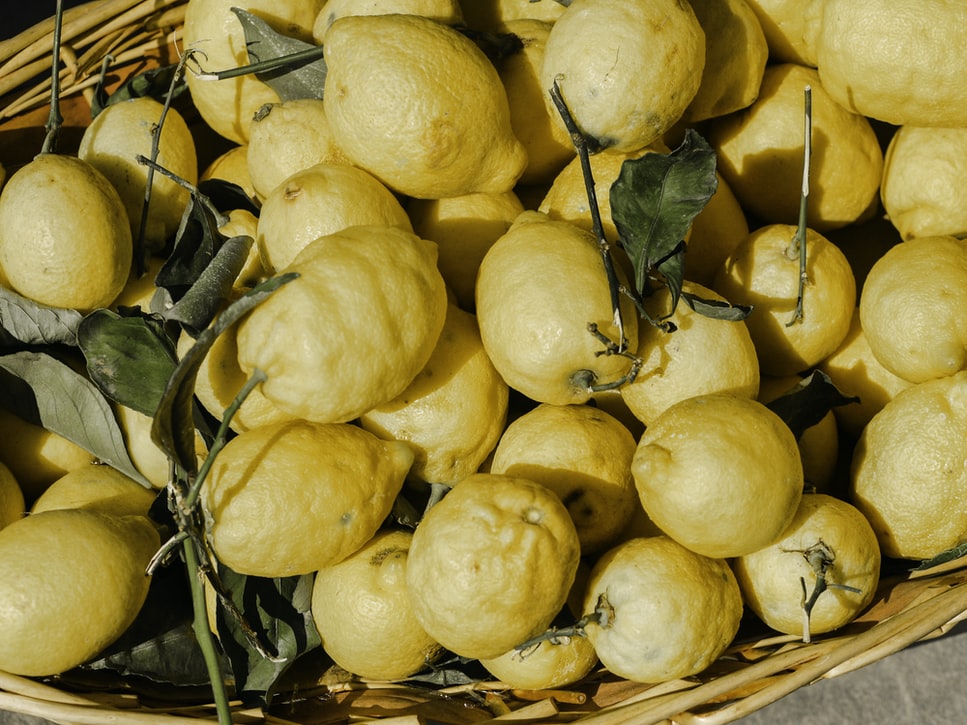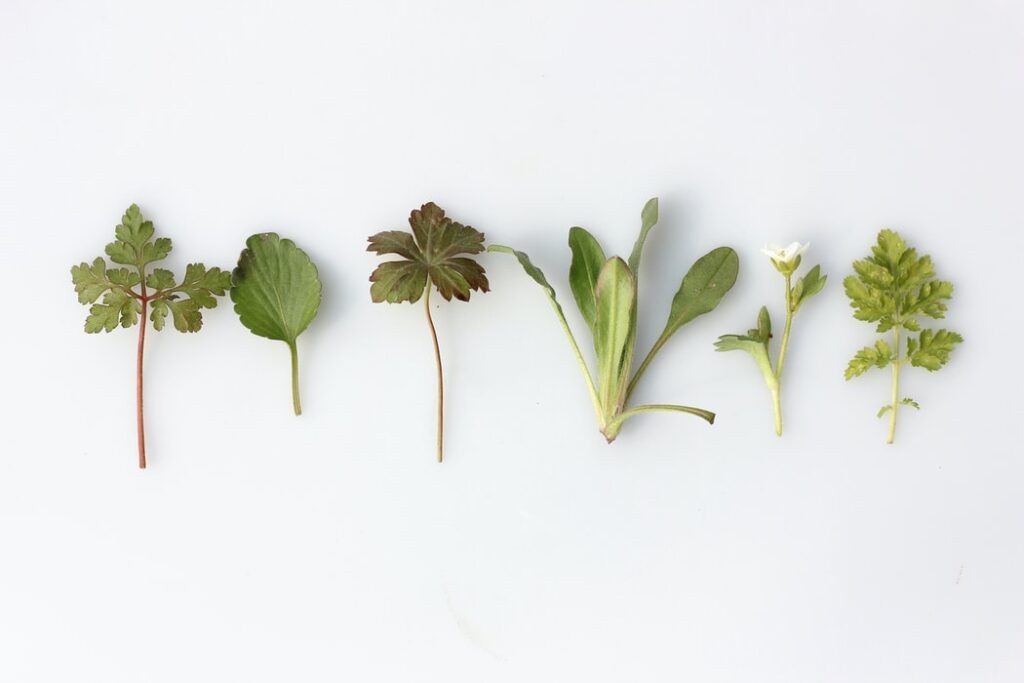
Have you ever wanted a drink to finish off your meal but been unsure which kind to take? The options can be overwhelming, but we find that an amaro never disappoints. These bittersweet liqueurs are more and more commonly found in local restaurants and bars, providing the perfect opportunity to try something new and learn a little along the way.
Amaro, or ‘amari’ (plural) means “bitter” in Italian and is a traditional Italian herbal liqueur. Generally, amari are made by macerating bitter barks, herbs and other botanicals in a neutral spirit. The distillate is then sweetened by adding a sugar syrup or similar and sometimes (depending on the recipe) undergoing an ageing process. Amari production is drenched in centuries-old traditions, with recipes closely guarded and passed down through generations of families. The secrecy involved means that no two amari are the same, and we believe this makes them all the more exciting to explore!
Many people are turned off by the idea of consuming a bitter drink. This makes sense when you consider that our bodies are conditioned to react to bitterness as if it is a toxin. However, the bitterness is what makes amari so suitable as a digestive. Amari were originally produced by medieval monks as medicinal tonics due to their healing herbal properties. These properties act as an agent to settle our stomachs after a meal and kickstart digestion, which is partly why they’re so popular in Italian gastronomic culture (think of settling the belly after eating a heavy pasta).

Paccheri, Juliana Malta – Unsplash 
Amaro, Adam Jamie – Unsplash
The flavour profiles of amari can differ immensely. You have the “gateway” or lighter styles such as Amaro Montenegro or Amaro Nonino Quintessentia which have bright fruit and warm spiced flavours and can be easily enjoyed by sipping neat. Lighter styles are often appealing to wine-lovers as the fruity, grape-like characters are familiar to and enjoyable for them. At the other end of the spectrum you have the darker, more intensely bitter amari, such as Fernet branca or Ischia Sappori Rucolino. Darker amari show characters of menthol, mint and aniseed and truly represent the medicinal intent of the traditional liqueur.
While an amaro is “defined by its purpose rather than its production”, it can also be somewhat defined by its regional characteristics. Generally, amaro from the south will display citrus notes; if it’s from the north, there’ll be notes of alpine herbs and minty freshness. There are no rules to how you take your amaro – only guidelines.

Lemons, Sarah Shaffer – Unsplash 
Alpine herbs, Angèle Kamp – Unsplash
Although you can try digestives produced from all across the world these days, we believe you can’t beat an Italian amaro with its secret recipe, regional expression and the calming feeling it encourages. We have chosen a selection of amaro that range from the lighter, more gateway styles to the darker and more intensely bitter options. Wine lovers should especially enjoy these due to their aromatics and range of flavour profiles.
Our amaro selection
Sangallo Amaro Camatti, Liguria
Sangallo Amaro Alpicella, Liguria


